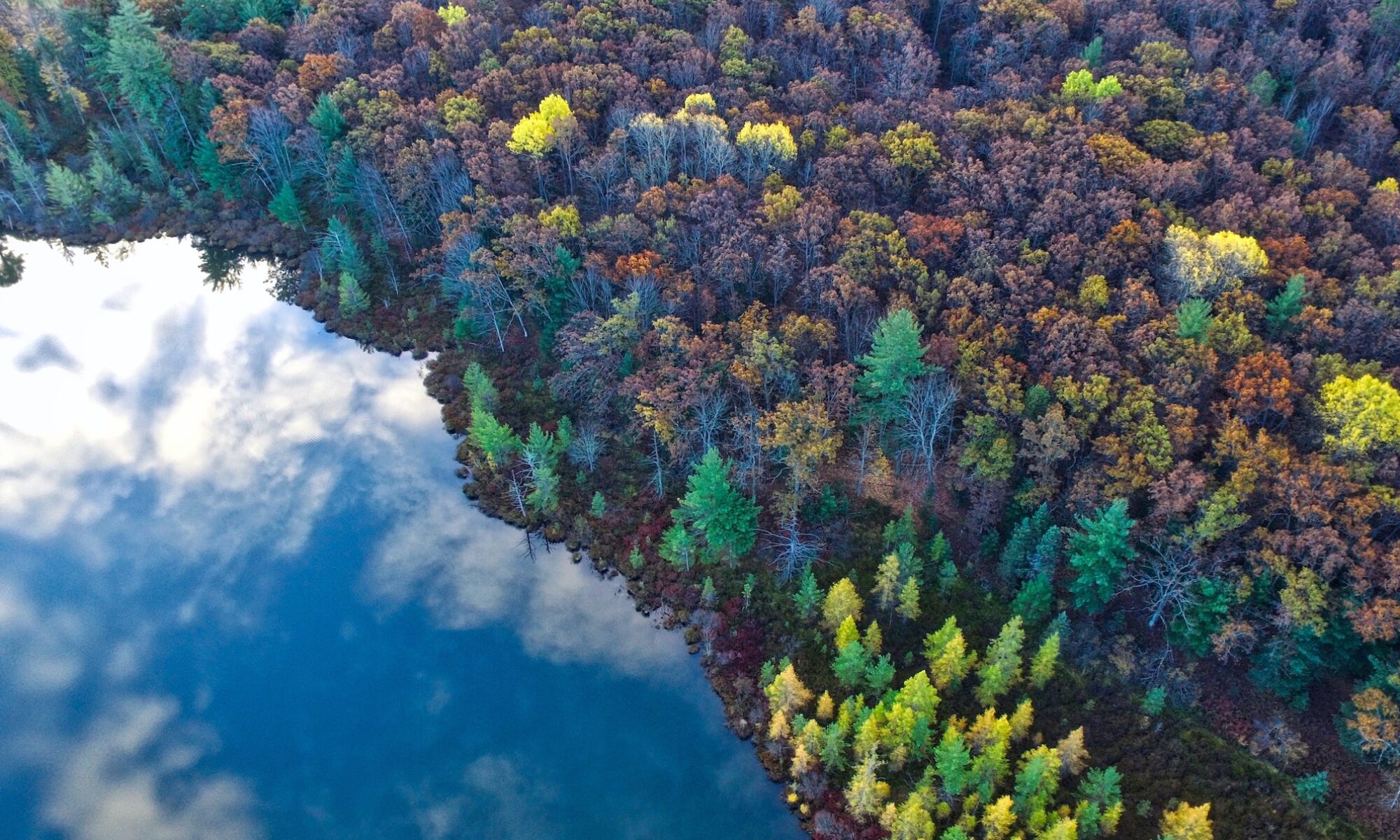Date of judgement: 16 April 1938 and 11 March 1941
Citation(s): UN REPORTS OF INTERNATIONAL ARBITRAL AWARDS, Trail Smelter case (USA v. Canada), 16. April 1938 and 11. March 1941, Volume III pp. 1905-1982
Short summary
This arbitration case between the United States (U.S.) and Canada is the foundational decision for the development of the prohibition of significant transboundary environmental damage in international environmental law.
Summary by: Robert Los
Click here to open the case in PDF format
Weight of decision
The decision(s) of the Arbitrational Tribunal continue to bear immense weight in the realm of international law.
Key facts
A zinc and lead smelter operating since 1896 in the Canadian town of Trail in British Columbia, located 16 km from the U.S. border, became the subject of dispute in this case.
Between 1925 and 1927, two smokestacks were added to the plant. This caused an increase in pollutant emissions, specifically a doubling of sulfur dioxide. This reached U.S. soil in the form of “acid rain” and caused crop failures and damage in the Columbia River Valley (Washington State). Between 1927 and 1935, the U.S. government protested to the Canadian government regarding this damage to the Columbia River Valley.
In 1928, both governments commissioned the International Joint Commission by the United States and Canada to conduct arbitration proceedings. The Commission submitted its final report in 1931, which proposed that the Canadian government pay damages of $350,000 USD for the damage caused, and that emissions from the Trail plant be limited.
Canada paid the damages. However, no improvements were seen with regard to pollutant emissions, and the conflict began again. For this reason, in 1935 the Convention for Settlement of Difficulties Arising from Operation of Smelter at Trail, B.C., was signed, and the parties agreed to have the following questions settled by arbitration:
1. Whether the Trail plant caused any damage to the State of Washington since 1932, and if so what indemnity should be paid?
2. If the answer to the first question is in the affirmative, whether said damage should be stopped in the future, and if so, to what extent?
3. If the damage should be stopped, what measures should the Trail Smelter adopt? (Possibly subject to conditions or stipulations).
4. What indemnity or compensation, if any, should Canada pay following the answers to questions 2 and 3?
Summary of holding
In its first decision in 1938 regarding the first question, the Arbitration Tribunal determined that Canada had to pay damages to the U.S. government for the years 1932 to 1937. However, this compensation payment only applied to the damage caused to the soil of the Columbia River Valley. The pollution of the air was not considered to be damage, but rather only a transport medium for the exhaust gases. The U.S. also tried to prove damage to forestry, agriculture, and livestock, but the tribunal rejected this for lack of convincing evidence.
Continued on the next page…

